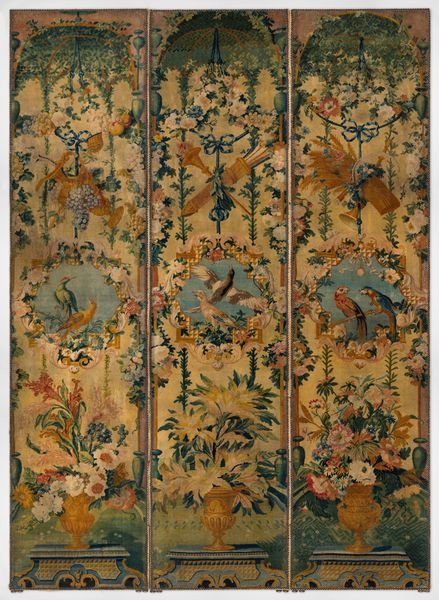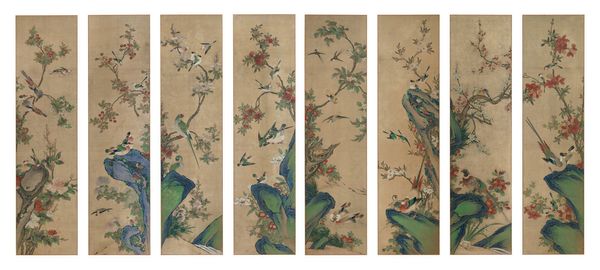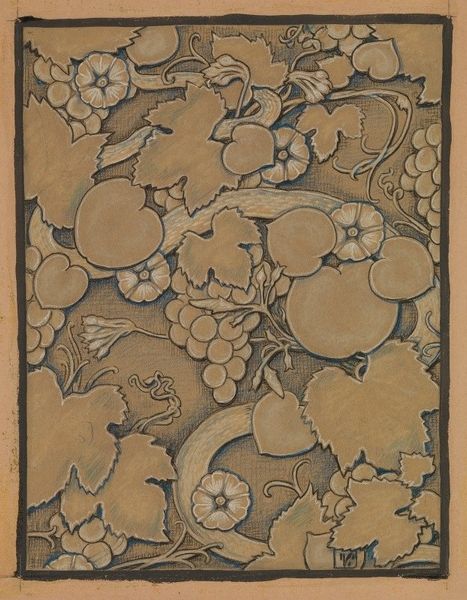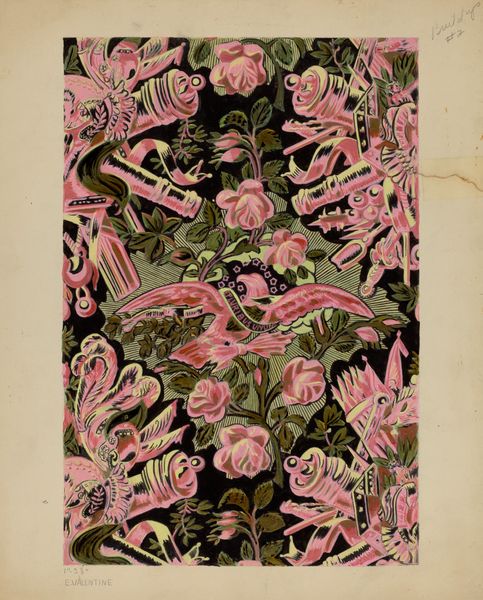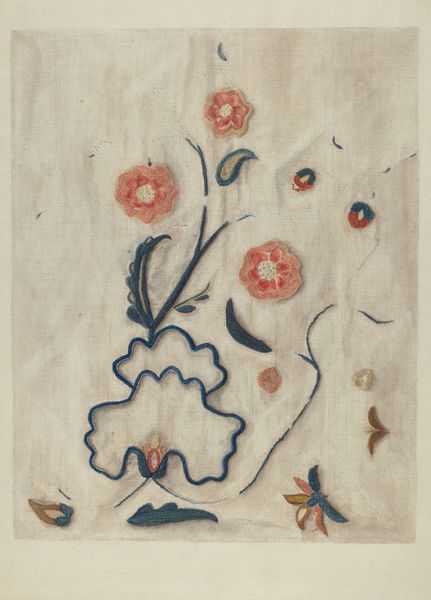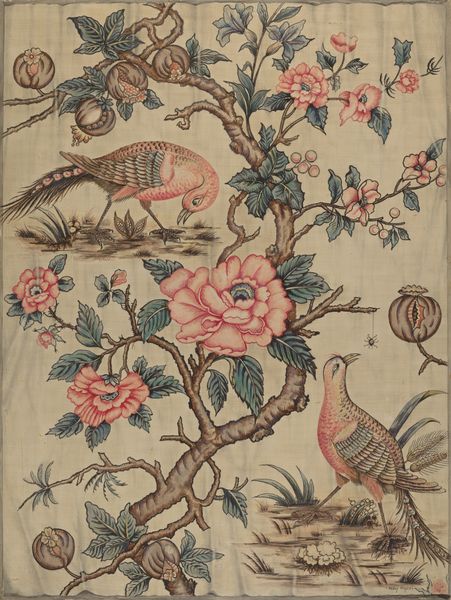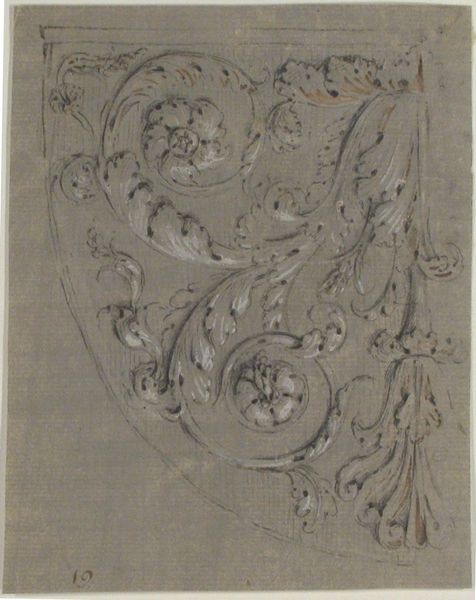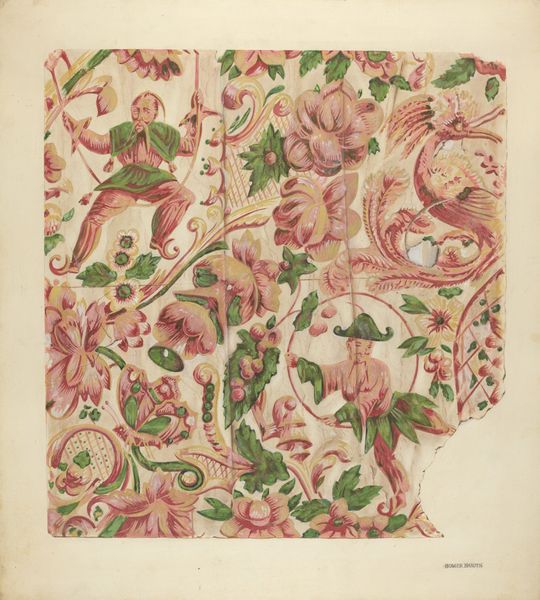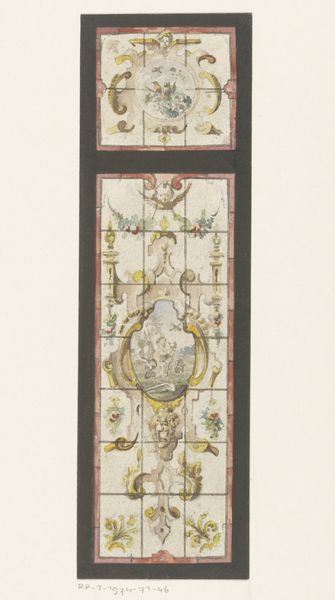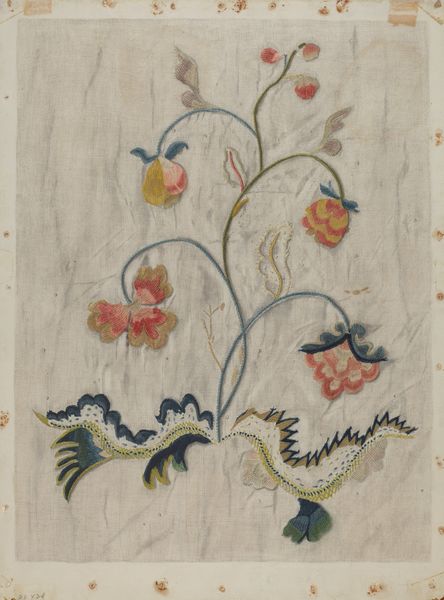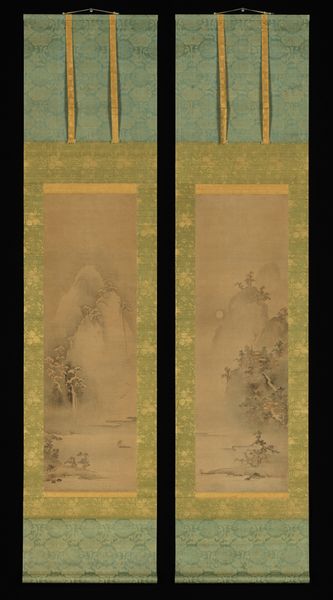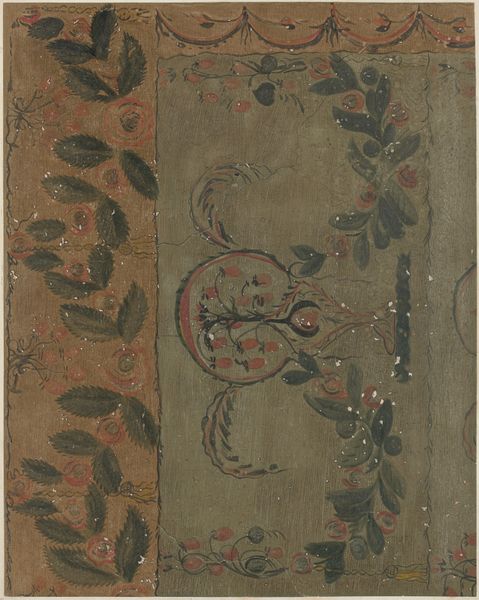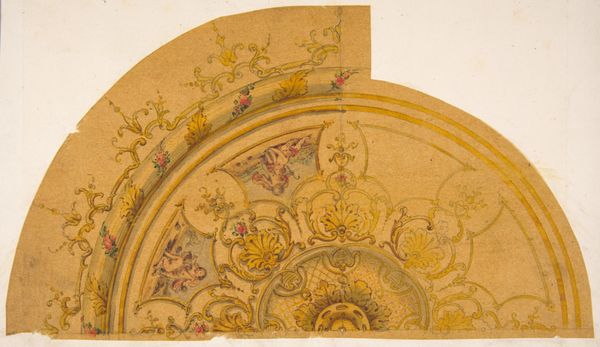
Case (Inrō) with Design of Monkeys Trying to get Persimmons with Stick (obverse); Hawk in Persimmon Tree (reverse) 18th - 19th century
0:00
0:00
#
tree
#
abstract painting
#
asian-art
#
japan
#
handmade artwork painting
#
oil painting
#
tile art
#
acrylic on canvas
#
fruit
#
naive art
#
painting painterly
#
painting art
#
earthenware
#
watercolor
Dimensions: 4 1/8 x 1 3/4 x 15/16 in. (10.4 x 4.4 x 2.4 cm)
Copyright: Public Domain
Curator: I’m drawn to the narrative in this striking Inrō case, made sometime between the 18th and 19th centuries, the work has been attributed to Hanabusa Itchō. The full title is "Case (Inrō) with Design of Monkeys Trying to Get Persimmons with Stick (obverse); Hawk in Persimmon Tree (reverse)". Editor: It has a wonderfully tactile quality! The raised figures and detailing practically invite you to touch it, an impulse I'm trying to resist. Curator: Well, as a functional object meant for the waist, that texture would certainly be part of the user's everyday experience, wouldn’t it? Imagine the level of craftsmanship involved in meticulously layering and carving these materials to create this little tableau. I find the interplay between the smooth, polished ground and the raised figures really quite clever. Editor: Absolutely. But the choice of persimmons as a central motif seems quite pointed to me. Persimmons are often associated with autumn and abundance, but also perhaps with things being slightly out of reach. Does the contrast between the grounded hawk and the striving monkeys tell us anything about class, maybe? Curator: It’s possible. We should also consider that these Inrō were status symbols. So the depiction of labor, of reaching for something, could reflect a patron's own aspirations, or even be read as social commentary through that lens. And thinking about the patronage system... Itchō had complicated relationships with different schools of art, serving different lords. Who were the consumers of these items? Editor: That’s insightful. Were they symbols of refinement displayed in elite circles? What kind of socio-economic dynamics are reflected by what appears to be the leisurely life of the hawk juxtaposed with the active struggles of the monkeys? Curator: Precisely. And let's not forget the materials. Examining the lacquer, the inlays – tracing their origin, production methods, and how access to those materials might have been limited would unveil a more complete story. These items went in and out of style with their makers often forgotten; but what does it mean that people such as ourselves are studying them centuries later in a setting like this? Editor: A fascinating point, truly! Seeing art historical objects such as these really urges us to reconsider both art’s intrinsic qualities alongside the context from whence they came. Curator: Indeed.
Comments
No comments
Be the first to comment and join the conversation on the ultimate creative platform.
